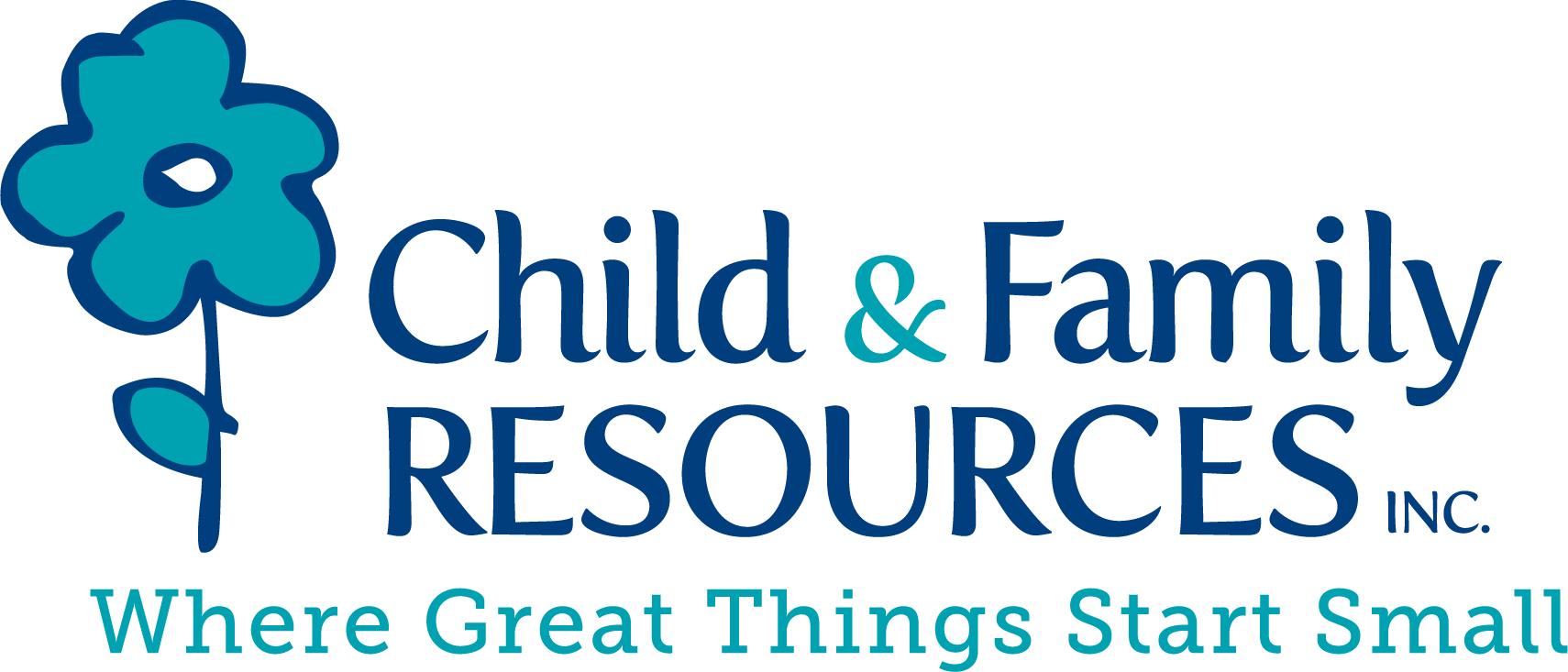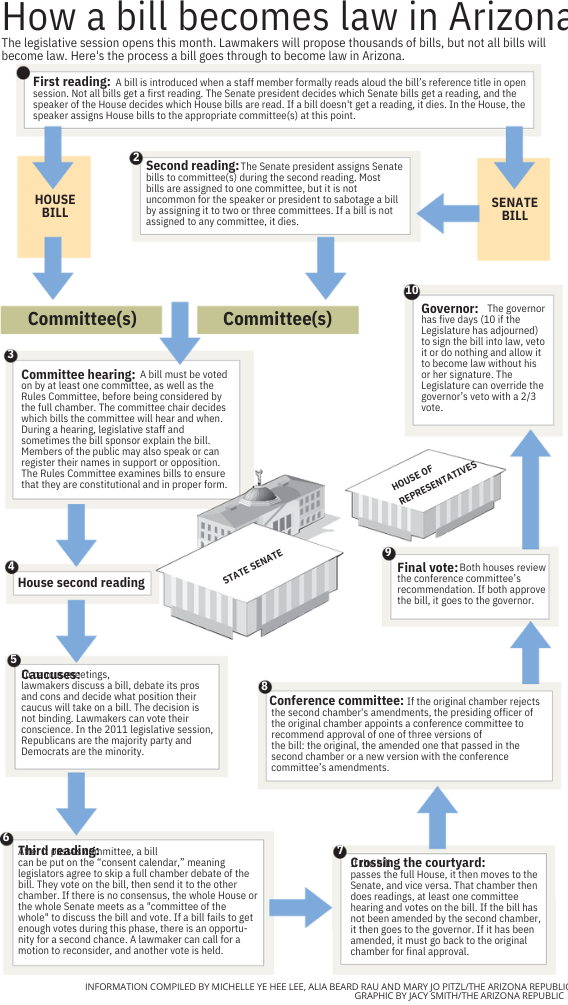How Does a Bill Become Law in Arizona?
Arizona’s 2024 legislative session opens this month. Lawmakers will propose thousands of bills, but not all bills will become law. Here’s the process a bill goes through to become law in Arizona.
First reading
A bill is introduced when a staff member formally reads aloud the bill’s reference title in an open session. Not all bills get a first reading. The Senate president decides which Senate bills get a reading, and the speaker of the House decides which House bills are read. If a bill doesn’t get a reading, it dies. In the House, the speaker assigns House bills to the appropriate committee(s) at this point.
Second reading
The Senate president assigns Senate bills to the committee(s) during the second reading. Most bills are assigned to one committee, but it is not uncommon for the speaker or president to sabotage a bill by assigning it to two or three committees. If a bill is not assigned to any committee, it dies.
Third Reading
Committee hearing: A bill must be voted on by at least one committee, as well as the Rules Committee, before being considered by the full chamber. The committee chair decides which bills the committee will hear and when. During a hearing, legislative staff and sometimes the bill sponsor explain the bill. Members of the public may also speak or can register their names in support or opposition. The Rules Committee examines bills to ensure that they are constitutional and in proper form.
Fourth Reading
House second reading
Fifth Reading
Caucuses: In caucus meetings, lawmakers discuss a bill, debate its pros and cons and decide what position their caucus will take on a bill. The decision is not binding. Lawmakers can vote their conscience. In the 2011 legislative session, Republicans are the majority party and Democrats are the minority
Sixth Reading
Third reading: After it passes committee, a bill can be put on the “consent calendar,” meaning legislators agree to skip a full chamber debate of the bill. They vote on the bill, then send it to the other chamber. If there is no consensus, the whole House or the whole Senate meets as a “committee of the whole” to discuss the bill and vote. If a bill fails to get enough votes during this phase, there is an opportunity for a second chance. A lawmaker can call for a motion to reconsider, and another vote is held.
Seventh Reading
Crossing the courtyard: If the bill passes the full House, it then moves to the Senate, and vice versa. That chamber then does readings, at least one committee hearing and votes on the bill. If the bill has not been amended by the second chamber, it then goes to the governor. If it has been amended, it must go back to the original chamber for final approval.
Eighth Reading
Conference committee: If the original chamber rejects the second chamber’s amendments, the presiding officer of the original chamber appoints a conference committee to recommend approval of one of three versions of the bill: the original, the amended one that passed in the second chamber or a new version with the conference committee’s amendments
Ninth Reading
Final vote: Both houses review the conference committee’s recommendation. If both approve the bill, it goes to the governor.
Tenth Reading
Governor: The governor has five days (10 if the Legislature has adjourned) to sign the bill into law, veto it, or do nothing and allow it to become law without his or her signature. The Legislature can override the governor’s veto with a 2/3 vote.
Please see the graphic below for a visual view of the process.

